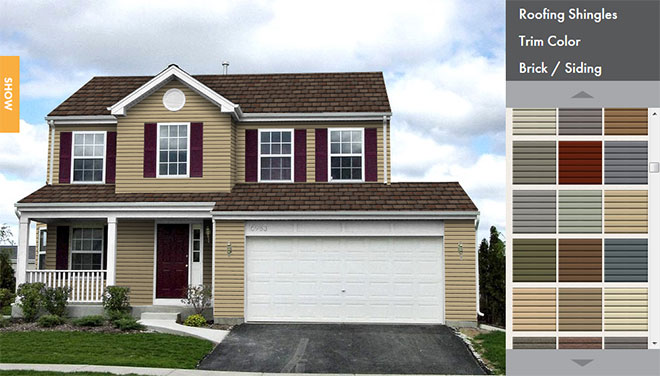Condominium Roofing – Replacement or Recovery – Defining the Difference
Many Minnesota condominium associations will be contemplating reroofing projects in the upcoming months as melting snow and spring showers cause water infiltration problems. This can be a complicated and expensive proposition, particularly for the low slope “flat” roofs.
All reroofing projects fall into two categories: roof replacement, or roof recovery. It is crucial that a building owner understand the difference between these two reroofing options.
Roof Replacement
A roof replacement project involves complete removal of all existing roofing materials down to the structural deck. The deck should then be inspected and repaired, if necessary. Finally a complete new roof system is installed. The new system generally consists of an insulation bed, a waterproof membrane, and some type of surfacing.
Roof Recovery
In a roof recovery project the existing roof assembly is left in place and the new roof system is installed directly over it. Although there are rare instances when this approach makes sense; in general, it is poor roofing practice to recover an existing roof.
Condominium associations most often decide to recover roofs, instead of replacing them, because of the initial savings in cash outlay. However, just because an option costs less up front does not mean that it is financially wise. For a number of reasons, recovering a roof can end up costing an association much more over the long term than a complete roof replacement.
New Roof Over Existing
First, an association must remember why they need a new roof. The roof in place has likely failed. It is no longer capable of providing the building envelope protection that is required of a roof system. If leaks have been occurring then there is probably moisture trapped within the insulation bed. Installing a new roof system over an existing roof assembly with wet insulation will result in shortened life for the new roof. The trapped moisture will cause premature deterioration of the new roof system by attacking it from below.
Deck Deterioration
Secondly, if leaks have been experienced, not only is the insulation likely to be wet, but the structural deck may also be deteriorated. This is particularly true if the deck is manufactured from steel or wood. The only way to confirm the condition of the deck is to completely remove the existing roof assembly . Recovering a roof may be covering up a serious structural problem.
Trapped Moisture
Thirdly, the surface of an old deteriorated roof is naturally uneven and unclean. It may not provide a suitable substrate for the adhesion of a new roof system. If the new roof system is not solidly attached then it is susceptible to the formation of voids between the old and new roofs. Voids can result in blistering and wrinkling of the new roof membrane. Additionally, poor adhesion makes a roof a candidate for wind damage and possibly a complete “blow off”. To avoid this problem the installer of a recover system may mechanically fasten a new insulation bed through the existing roof to provide a proper surface on which to adhere the new roof membrane. How, any trapped moisture within the roof assembly, as discussed above, can corrode the fasteners potentially creating the same fragile condition.
Structural Snow Loads
Perhaps the most serious concern regarding the recovering of existing roofs is that of structural load capacities. All building structures are designed to accommodate a certain amount of weight. In addition to the weight of the roof framing members and the roof system itself, the structure must also be able to hold a certain load of snow. The weight of snow for which a structure must be designed is established by building codes. The farther North a building is located the greater the required snow load. Though the installation of an additional roof system my not lead to structural failure in and of itself; it may very well reduce the amount of snow that can be accommodated. By not considering this issue a building can be left in a structurally compromised state and place it in violation of the building codes.
Despite the above listed problems, roof recoveries remain a common practice. In some cases building owners have installed 2, 3, 4, and even more roofs over each other in an attempt to “save money”. The shortened life of the new roof eliminates any perceived savings. Furthermore the building owners open themselves to increased liability and perhaps disaster.
Be Well Informed To Make a Wise Roofing Investment
When contemplating reroofing projects, condominium associations need to be well informed. It is very important to know what the existing roof assembly consists of and why it is failing. Selection of a new roof system and its varying features must be made very carefully. When receiving proposals from roofing contractors make sure that it is clearly stated whether the proposed project work is a roof replacement or roof recovery. Ideally, securing an independent Townhouse Roofing Contractor to assess a roof’s condition, thorough inspection and design of roofing specifications, may be the best way for condominium owners to protect their interests and obtain a wise roofing investment.


 Click Here
Click Here Click Here To Use
Click Here To Use